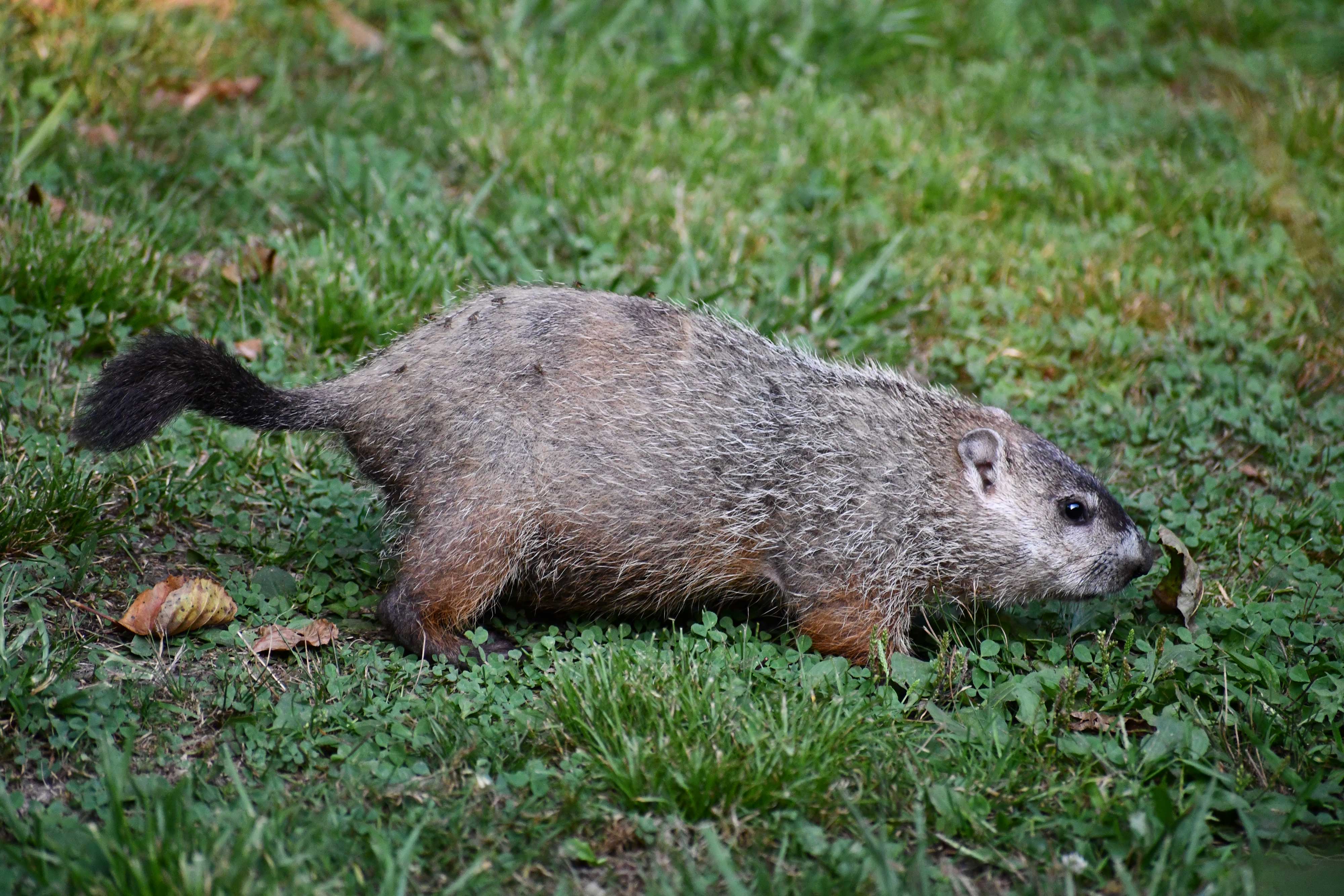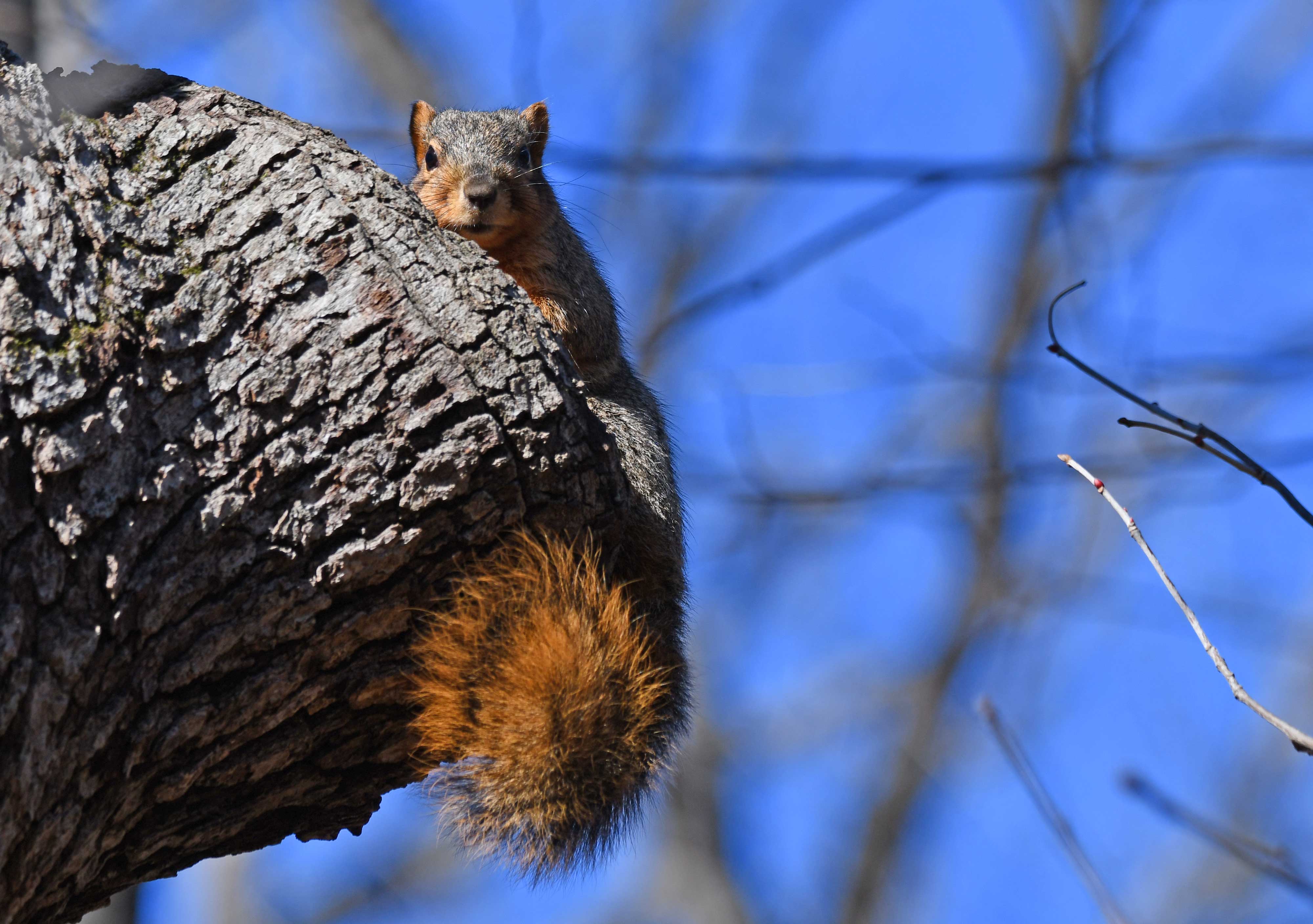2/2/2018
When the mercury plummets and the snow starts to fly, most forest creatures don’t head for the hills — they dig in for winter.
Some hibernate, sleeping for days on fat stored from summer. Some are partially dormant, sneaking outside on warmer winter days. And others are awake all winter long, withstanding all that Mother Nature dishes out.

)
)
)
)
)
.jpg?width=4502&height=3169&ext=.jpg))
)
)
_1.JPG?width=2811&height=1874&ext=.jpg))